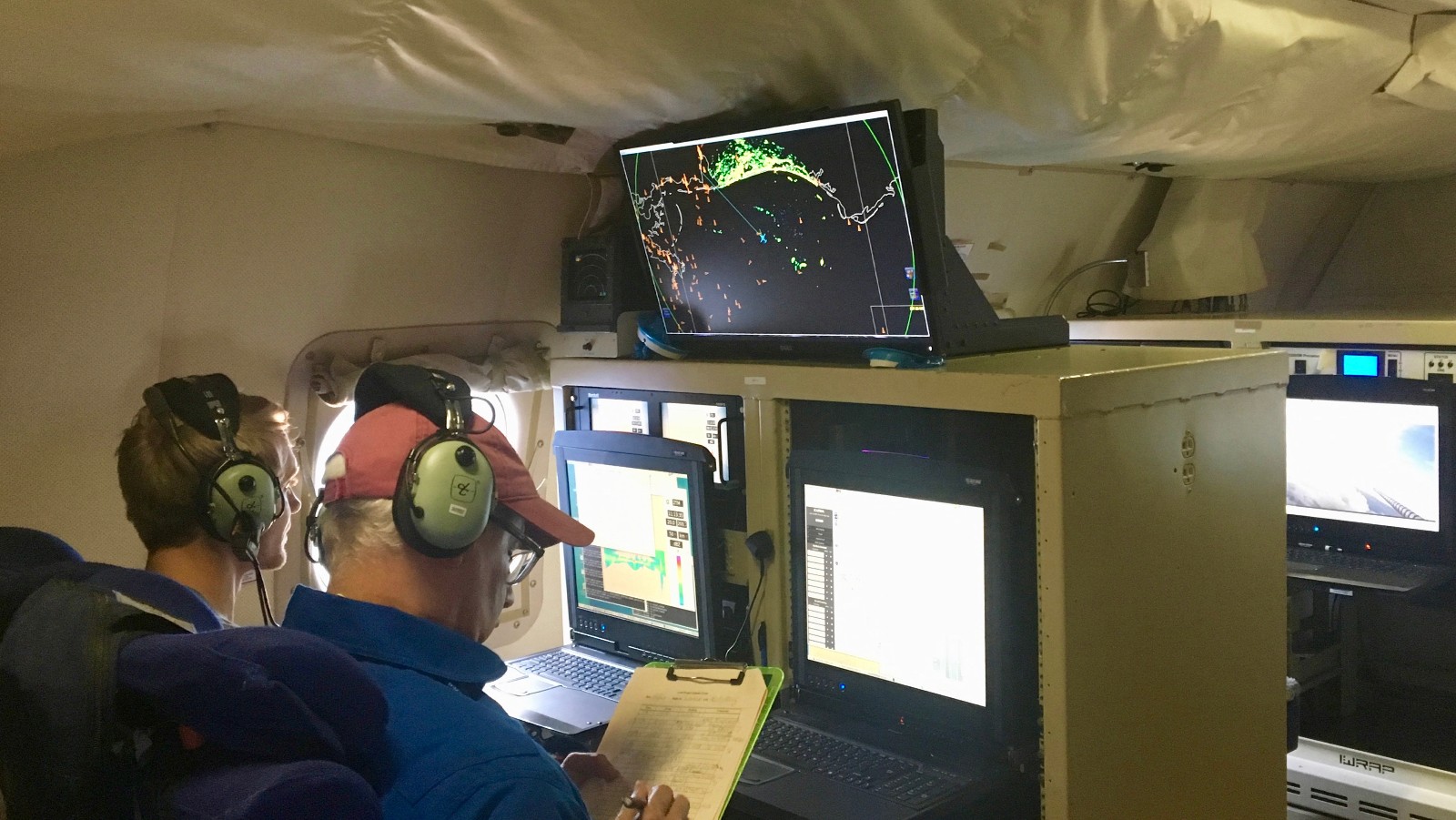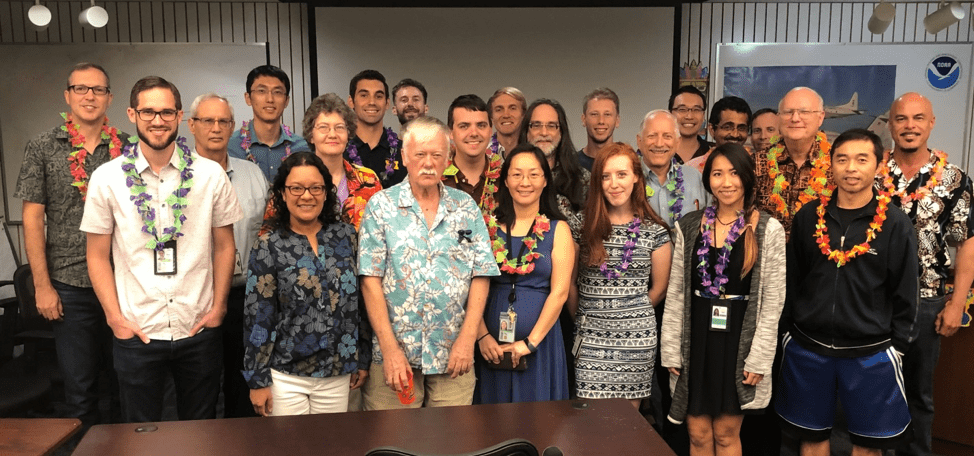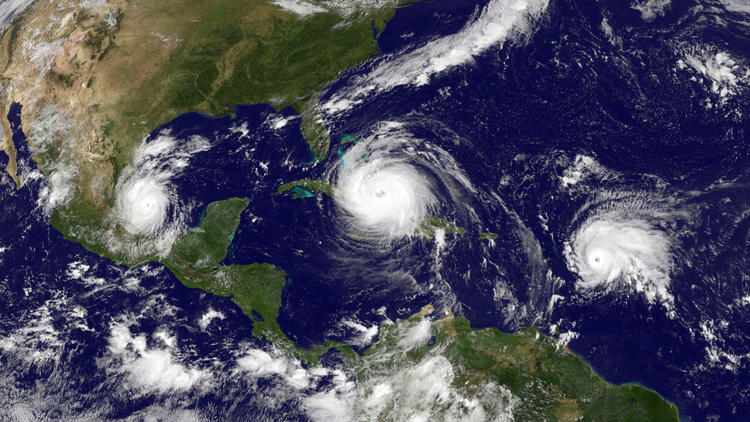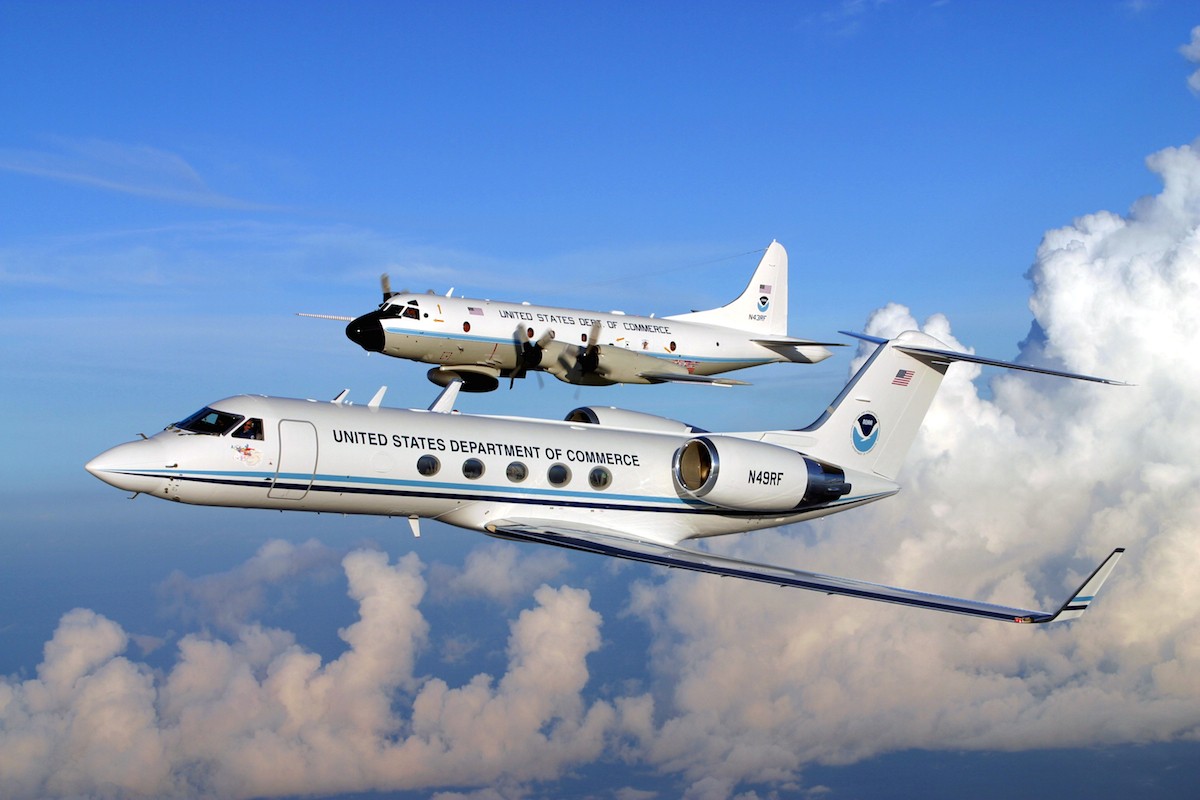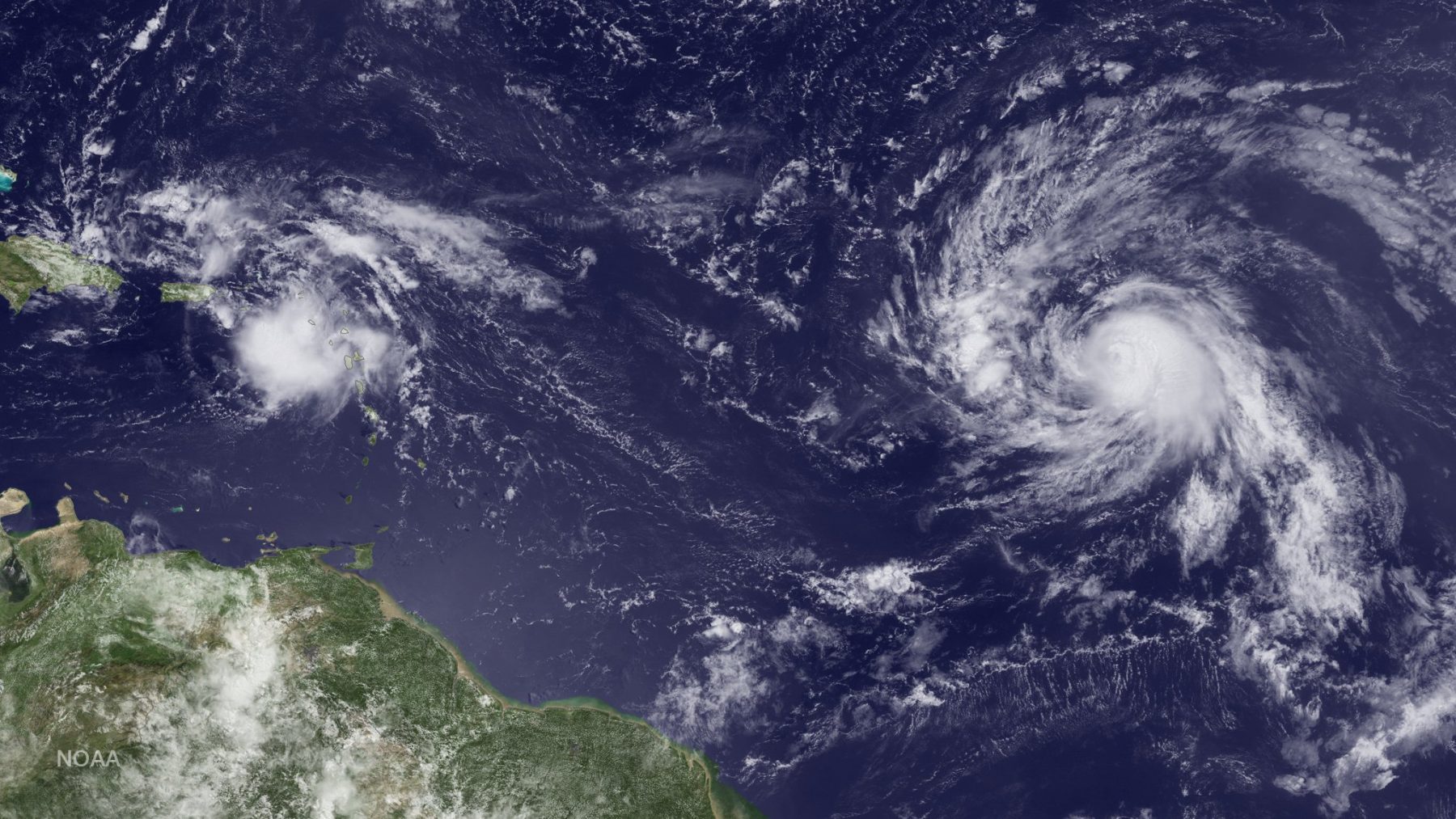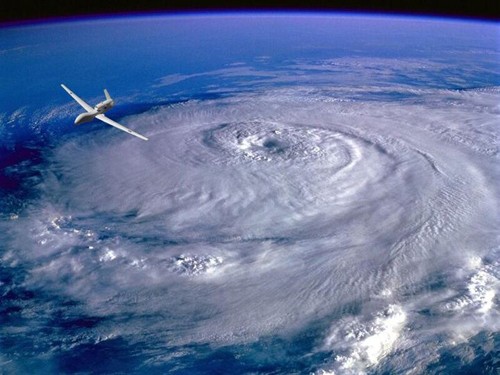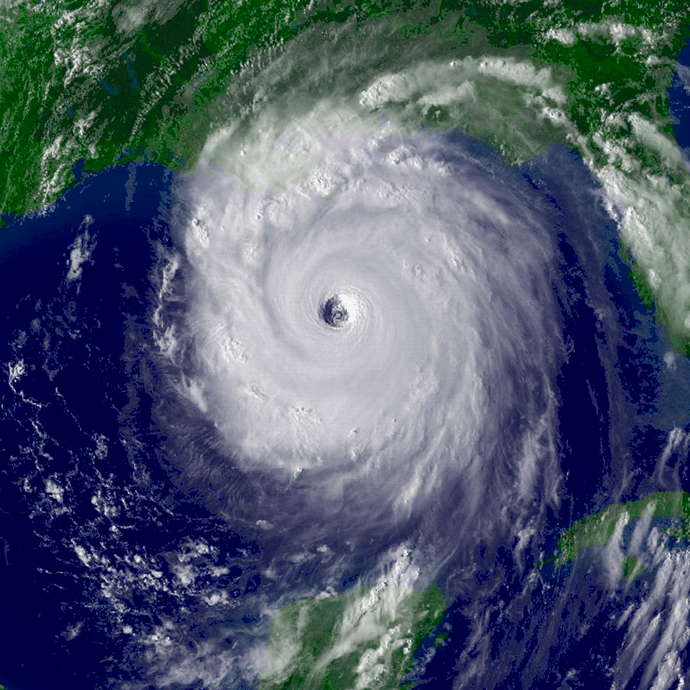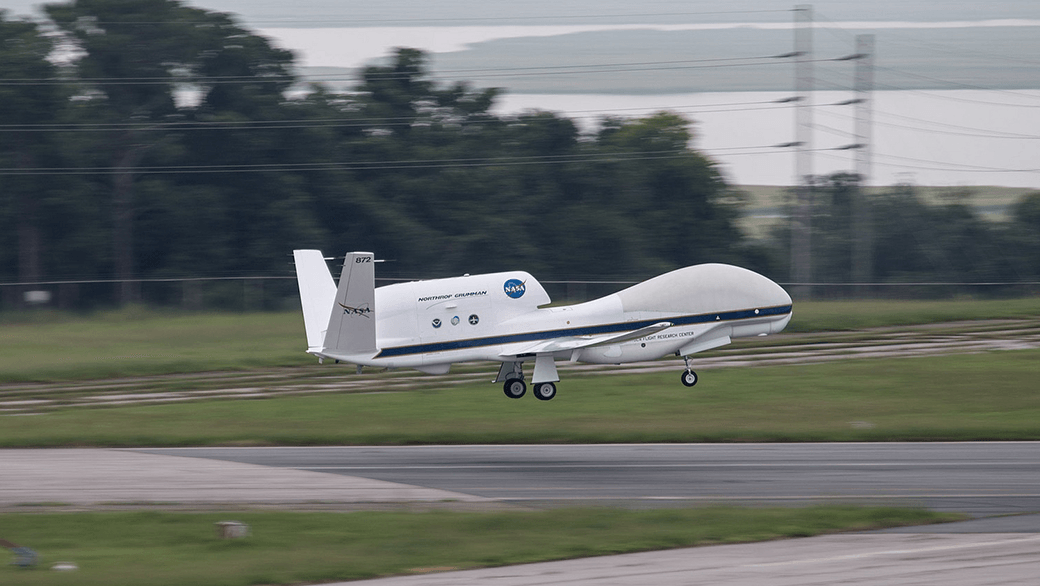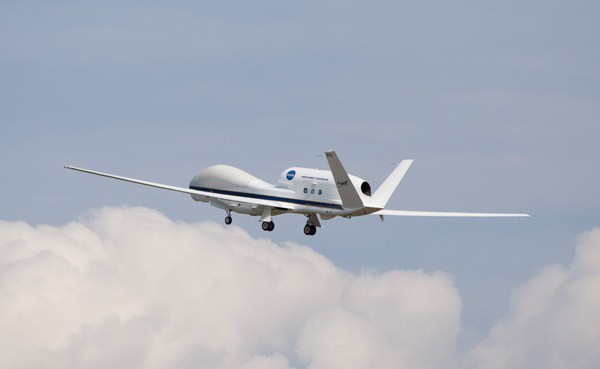Active 2019 Atlantic Hurricane Season Ends
The 2019 Atlantic hurricane season ended on November 30 but not before churning out 18 named storms, including catastrophic Hurricane Dorian. Throughout the season, AOML’s hurricane scientists were at the forefront of NOAA’s efforts to prepare vulnerable communities for severe weather.
